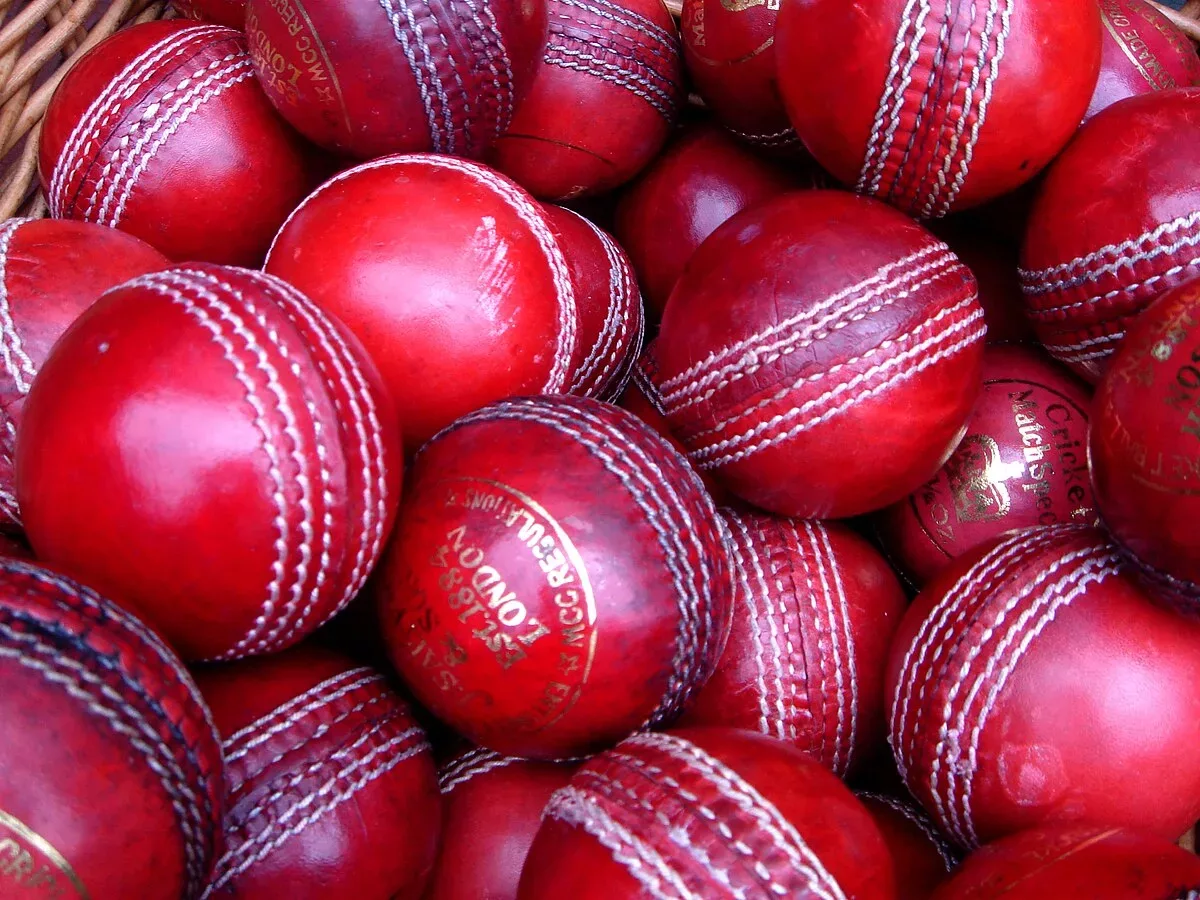The Chief Executives Committee of International Cricket Council (ICC) has given their nod to almost all of the recommendations made by the ICC Cricket Committee earlier this year.
The new laws include regulation regarding the size of bats, the change in the regulations regarding the use of DRS across all formats and a tweak in the rule regarding run-outs.
Headed by David Richardson, the Chief Executives’ Committee of ICC met last week in London, after the end of ICC Champions Trophy 2017, to approve the recommendations put forward by its Cricket Committee that was led by veteran Indian spinner, Anil Kumble. This article aims to review the new rules that were agreed upon by the committee.
New rules regarding DRS will come into effect from October 1, 2017
Rules regarding the Decision Review System (DRS)
The most significant change that was accepted was regarding the use of DRS. Firstly, the new rule states that the teams will no longer lose a review under the Decision Review System (DRS) if a leg-before-wicket (LBW) referral returns as the umpire’s call.
The committee also agreed upon the minimum standards for the use of DRS, which would include the mandatory use of ball tracking and edge detection technology.
In addition to that, the committee has also agreed upon the decision to use DRS in T20 internationals. Also, with the rule of team’s not losing reviews for LBW referrals being returned as umpire’s call, the current rule of top-up of reviews in tests after 80 overs has been scrapped.
Author’s take: This was a much needed change in the DRS rules. LBW calls are quite difficult for the on-field umpires in some cases and many teams, while trying their luck out with the DRS have wasted their allocated reviews in the past and failed to use them when required later. This now allows the teams to use their reviews more strategically.
However, the excessive use of reviews for all LBW calls might hamper the pace of a match. Captains should be made aware of that by the match officials. Therefore, the decision not to top-up reviews after 80 overs in a test match is a good one as well.
The mandatory use of ball tracking and edge detection technology is also a sign that ICC intends to make the game as error-free as possible. This will help umpires make accurate decisions. Furthermore, DRS in T20 matches is a welcoming sign. The shortest version of international cricket needed DRS as umpires are human and are prone to making mistakes.
Rule regarding run out
ICC has also approved a new rule regarding run-outs
The new rule states that a running or diving batsman will have made his/her ground even if the bat bounces after being grounded behind the crease. The current rule counts a batsman out if the bat is in the air when the fielding team dislodges the bails of the wicket.
Author’s take: This is a controversial one and is quite disadvantageous to the fielding sides. Had this rule been into play before, Chris Jordan would not have been dismissed by run out during the England vs Bangladesh game at the 2015 ICC world Cup. Neither would have Rohit Sharma during the group stage game between India and Pakistan at the recently concluded ICC Champions Trophy and all the other batsmen whose bat had jumped in the air even after being grounded behind the crease.
However, it is still a good decision considering the fact that the current rule was quite harsh towards the batsmen since they actually had made their grounds, even grounded their bat before the bat jumped upwards. Nevertheless, in a game where the balance of power is severely tilted towards the batsmen, the current run out rule gave some advantage to the fielding team. That advantage will be lost from October 1 onward.
Rule regarding players’ misconduct
In other big changes, umpires can now send off players from the field in case of the most serious cases of misconduct, including violence. All the other forms of misconduct will continue to be dealt with under the existing Code of Conduct of ICC.
Author’s take: A fantastic decision by the committee. Although some aggression in the field adds to the drama and excitement of the game, players should be careful not to overstep the boundaries at the heat of a moment. They should keep in mind that cricket is after all, a gentleman’s game. Umpires should also be careful not to penalize any player harshly in this regard. A list of the most serious cases of misconduct needs to be drawn up or be kept in mind by the umpires while officiating matches.
Nevertheless, like football, the provision of yellow card could be inserted here were the cricketer who receives a yellow card would be forced to spend a stipulated time off the field before coming on again. This could be implemented in future by ICC.
Umpires can now send cricketers off the field for severe cases of misconductRule regarding the size of bats
The new list of rules also includes restriction on bat dimensions (edge thickness and bat depths). This was a long argued issue due to the growing disparity between batsmen and bowlers. The new maximum permitted dimensions recommended by MCC are- 108 mm in width, 67 mm in depth and 44 mm in edges.
Author’s take: This rule will help in reducing the imbalance between the bat and the ball in cricket.
ICC has taken a remarkable step in approving the recommendations put forward by its Cricket Committee. The new rules will come into effect from October 1, 2017. The implementation of these rules will make it clear whether they have changed the game positively or not. That is something which can be reflected upon later this year.





